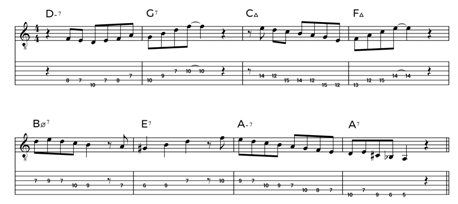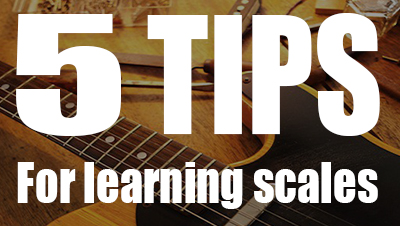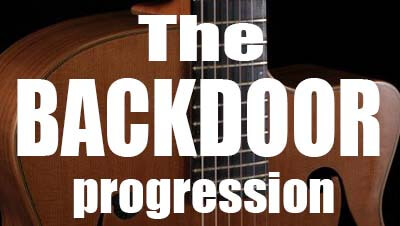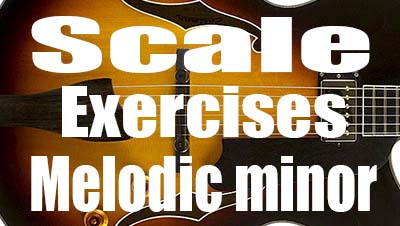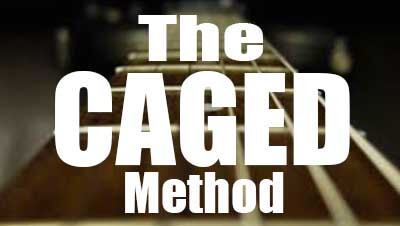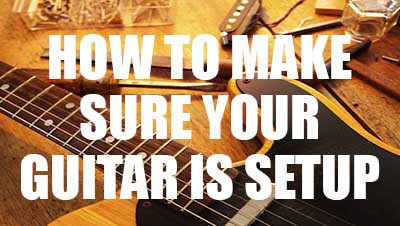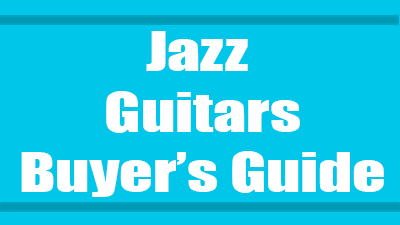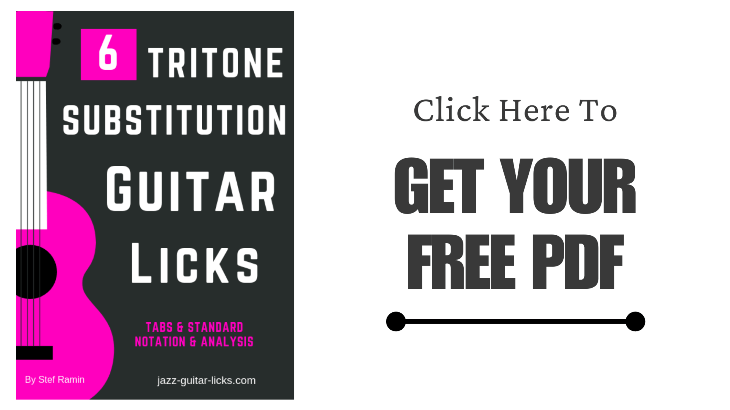Guest Posts
You are a music teacher interested in writing a guest post for jazz-guitar-licks.com ? Very nice ! Only music lessons are accepted (piano, guitar, bass and other instruments) for beginners and advanced players.
Your content must be unique (never published on the web) relevant and helpful.
How to Submit a post?
If you’d like to write a guest post on jazz-guitar-licks.com please let me know using the contact form .
Notice that guest post inquiries from marketing agencies are not accepted.
-
Reharmonizing Christmas Carols using Giant Steps chord changes
- By jazz-guitar-licks
- On 2024-12-06
- 0 comments
Guest Post By Dennis Winge
Coltrane changes are fun to play on.
If you're intimidated by Giant Steps, it could simply be the tempo of the tune.
Just because Trane's version is fast doesn't mean you can't enjoy using the changes at slower tempos, in smaller increments, and on generally easier tunes.
-
8 Steps to Learn Any Jazz Standard
- By jazz-guitar-licks
- On 2024-01-03
- In Jazz Guitar Lessons
- 0 comments
Guest Post By Jack Handyside at pickupmusic.com
Jazz standards are some of the most beautiful and interesting pieces of music ever written, but learning these complex songs and committing them to memory can feel overwhelming if you don’t know where to start.
Luckily for you, we’re here to help! This article will introduce you to a tried and true, eight-step method that you can use to learn any jazz standard. Our focus today will be on the classic jazz standard Autumn Leaves written by Joseph Kosma.
-
Jazz Guitar Theory: The Many Uses of Melodic Minor
- By jazz-guitar-licks
- On 2023-11-03
- In Guest Posts
- 0 comments
Guest post by Dennis Winge
One Scale, Many Cool Contexts
Apart from the major scale, no one single scale has so many uses in jazz as the melodic minor scale. The table on the next page outlines the seven different points of view, or modes of the melodic minor scale, followed by some examples of usages.
The basic melodic minor scale is the same as a major scale, but with a lowered 3rd. In the key of C this would be the notes c, d, eb, f, g, a, b.
Below is a brief overview of each mode of the melodic minor. I explain the most common of them in this video.
-
Guitar Strings Comparison - Latest Updates & Review 2020
- By sixstring
- On 2020-12-02
- In Music Gear Reviews - Buyer's Guides
- 0 comments
Guest Post By Leo NGuyen
When have you changed your guitar strings last? Just like everything else, guitar strings can grow old gracefully as well, and as they grow old your guitar starts feeling it even before you do. Our guide to Guitar strings comparison along with the latest updates and reviews of 2020 will tell you all about the guitar strings.
-
19 Essential Jazz Guitar Books - Buyer's Guide
- By jazz-guitar-licks
- On 2020-10-06
- In Music Reviews
- 2 comments
The world of jazz guitar books can be a daunting and overwhelming experience for the beginning guitarist. There are literally thousands of books on jazz guitar, many with similar content and information.
Some books are better suited to learning chords, while others are designed to enhance reading skills, still others are meant to teach improvisation concepts. Some books attempt to cover all of these bases. Some of the most useful are collections of transcribed solos and etudes.
Fortunately for you, I have been studying jazz guitar for 15 years and have practiced and taught from many of the best jazz guitar books available on the market.
Whether your focus is developing a strong sense of rhythm, building your improvisational skills, mastering a wide range of chord voicings, progressions, and substitutions, or understanding the theory that ties all of it together, you can use this list of the best jazz guitar books to help guide your path! -
10 Most Popular Jazz Drummers Of All Time
- By jazz-guitar-licks
- On 2018-10-11
- In Music Reviews
- 4 comments
There’s no doubt about it that if you want to be the best at anything, it pays to borrow a page or two from some of the most popular legends before your time. The swing feel is a fundamental aspect in jazz band music, and if you didn’t know, most of that fire in the rhythm comes from the drummers.
Yes, the other instrumentalists such as the pianist, trumpeter, and guitarist may get more attention, but we can’t overlook the importance of the drummer in jazz music. But back to the earlier mentioned idea, who would you look up to as an aspiring, learning, or practicing drummer in a jazz band? Perhaps you might just find your role model in this list, here are the 10 best jazz drummers of all time. Beginyourdrumming.com/ have compiled a list of their favourite Jazz drummers of all time.
-
Jazz up Your Blues - Guitar Lesson
- By jazz-guitar-licks
- On 2018-09-22
- In Guest Posts
- 0 comments
 One of the most daunting shifts for any guitarist can be entering the world of jazz guitar. We’ve all read essential jazz guitar books, tutorials and watched videos by those in the know and it’s a vast world full of new theoretical and practical concepts.
One of the most daunting shifts for any guitarist can be entering the world of jazz guitar. We’ve all read essential jazz guitar books, tutorials and watched videos by those in the know and it’s a vast world full of new theoretical and practical concepts.
Most guitar players get into playing through rock/blues and find jazz later on their ability spectrum. If you understand blues, you can start to make some small changes which will add a jazz dynamic to your playing. In this lesson we will cover some of those small changes you can integrate into your playing today. -
5 Tips For Learning Guitar Scales
- By jazz-guitar-licks
- On 2018-03-23
- In Guest Posts
- 0 comments
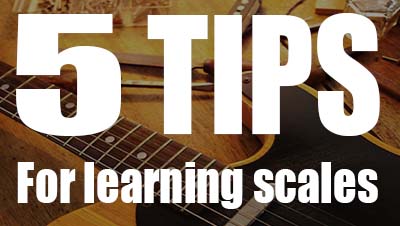 Learning to maneuver through scales on your guitar will bring about a ton of benefits to you, as a player. First of all, you'll begin to perceive music a little bit differently – you'll find logic where you ought to think there was none, you'll understand how your favorite composers got their brilliant ideas, and, most importantly, you'll get to put the theory into practice.
Learning to maneuver through scales on your guitar will bring about a ton of benefits to you, as a player. First of all, you'll begin to perceive music a little bit differently – you'll find logic where you ought to think there was none, you'll understand how your favorite composers got their brilliant ideas, and, most importantly, you'll get to put the theory into practice.What's more, the whole journey of exploring the theoretical sphere of music concerning the scales isn't all that hard. Essentially, you'll found yourself amidst the crossroads, and you'll have to choose a path – you'll either delve deep into books about music theory, or you'll have to figure everything out yourself.
Regardless of the path you wish to take, mastering and learning guitar scales is, quite frankly, easy. We've brought together a short list of five tips that will make the process even simpler, and more entertaining. -
What Is a Backdoor Progression And How To Play Over It
- By jazz-guitar-licks
- On 2018-01-27
- In Jazz Guitar Lessons
- 0 comments
In jazz, there are many types of turnarounds and progressions that eventually we all must encounter. A key part of how you practice should be in preparing yourself for these progressions and turnarounds.
Whether that is by learning a shed-full of Parker’s II V I licks, by practicing exercises over progressions or even by learning a new standard.
The end result is that you are better equipped to deal with what is in front of you in the moment on the bandstand.
To this end, I’m going to talk to you today about a progression known as the backdoor progression.
-
How To Play Pentatonic Scales Over Giant Steps
- By jazz-guitar-licks
- On 2018-01-16
- In Jazz Guitar Lessons
- 0 comments
Giant Steps is one of those tunes in jazz that sends a bolt of fear through a lot of young or even experienced jazz musicians.
It certainly does that to me anyway! The fast harmonic rhythm and the seemingly distant relationships between the chords means it is a very daunting challenge.
However, there is a very cool and simple way of practicing navigating through these changes and it involves using 3 different pentatonic scales.
-
Melodic Minor Scale Exercises For Guitar – Position Shifts
- By jazz-guitar-licks
- On 2018-01-14
- In Scales & Arpeggios
- 0 comments
Learning and playing scales can be an important part of any guitarist’s practise regime.
By playing scales in a variety of ways we can develop our familiarity with the fretboard beyond simply going up and down scales.
In this tutorial we will look at combining two different scale patterns by shifting between them on various strings.
For this we are going to use two patterns of an Eb Melodic minor scale, patterns 2 and 3.
The Melodic minor scale consists of the intervals R 2 b3 4 5 6 7 (R is for the Root note).
-
The CAGED Method For Guitar - Scales, Chords And Arpeggios
- By jazz-guitar-licks
- On 2017-12-24
- In Guest Posts
- 2 comments
Welcome to this guitar lesson on the CAGED method!
If you're looking to enhance your understanding of the fretboard, The CAGED method is a powerful system that will help you visualize and navigate the guitar in a more cohesive and comprehensive way.
-
Album Review and lick analysis – Monk – Peter Bernstein
- By jazz-guitar-licks
- On 2017-12-22
- In Guest Posts
- 0 comments
 The music of Thelonious Monk is music which evokes many different emotions and ideas in a huge demographic of musicians and instrumentalists. With that in mind, the emotions and ideas evoked by legendary jazz guitarist, Peter Bernstein, in this showcase album range from childish playfulness, faithful to the source of the music, to coherent and thorough modern jazz playing in the upper echelons of technical and interactive ability.
The music of Thelonious Monk is music which evokes many different emotions and ideas in a huge demographic of musicians and instrumentalists. With that in mind, the emotions and ideas evoked by legendary jazz guitarist, Peter Bernstein, in this showcase album range from childish playfulness, faithful to the source of the music, to coherent and thorough modern jazz playing in the upper echelons of technical and interactive ability.
It’s been noted previously in reviews, at the time of the album’s release, that a collection of Monk tunes by a guitarist is a rare occurrence that was a huge breath of fresh air to all those who knew about its existence. I’ve never heard such faithful music made with such individualism and taste without any sense imitation. This is most definitely Bernstein plays Monk and not the other way around. -
How to Make Sure Your Guitar Is Setup
- By jazz-guitar-licks
- On 2017-11-30
- In Guest Posts
- 0 comments
Taking care of your equipment is essential.
Guest post by Glen Parry
Whether it’s your car, PC, or your guitar, in order for it to work properly and as for long as possible, you need to make sure that everything’s in order.Sure, you could take your guitar to a professional and have them do it for you, but why not learn to do it yourself?
Not only will you save money and time, but you will also learn a thing or two about your instrument.
Here are some quick and straightforward tips that will make setting up your guitar a piece of cake!
-
How to Buy the Best Jazz Guitar Based on Body Type (Guide for Beginners)
- By jazz-guitar-licks
- On 2017-11-16
- In Guest Posts
- 0 comments
Guest post by Aaron Schulman
While there is no absolute best jazz guitar for everyone, there are definitely a few jazz guitar models that would be a best fit for you.
The trick is to learn enough about the different body styles and electronics to understand the sonic qualities that each jazz guitar expresses.
You’ll want to educate yourself both on the different jazz guitar body styles and manufacturers. The more homework you do, the more your understanding will grow and the more confident you will be in your final purchase decision.
-
How To Play Jazz Guitar For Beginner
- By jazz-guitar-licks
- On 2017-11-03
- In Guest Posts
- 0 comments
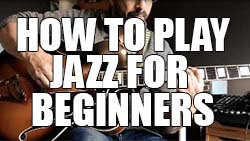 Guest post by Marc-Andre Seguin
Guest post by Marc-Andre SeguinSo, you've decided to try your hand at Jazz guitar. This article will assume a certain base level of proficiency in the general language of music apart from the specific vernacular that informs jazz music, guitarists specifically. Not because it's a theory article, but because if you hope to learn how to play this music (and any style, really) a little knowledge goes a long way. If you have no background in notated music, theory and harmony please pick up Barbara Wharram's Theory For Beginners. It will open the door.
-
Is Amp Simulation the Cure for GAS ?
- By jazz-guitar-licks
- On 2017-10-03
- In Guest Posts
- 0 comments
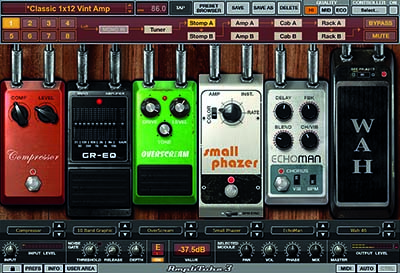 As a guitarist, it’s tempting to spend a lot of time and money on gear. All of us suffer from G.A.S. (gear acquisition syndrome) to some degree. The never-ending search for the ‘perfect’ tone will plague us all. At some point, though, this obsession with gear can distract you from what matters.
As a guitarist, it’s tempting to spend a lot of time and money on gear. All of us suffer from G.A.S. (gear acquisition syndrome) to some degree. The never-ending search for the ‘perfect’ tone will plague us all. At some point, though, this obsession with gear can distract you from what matters.For most guitarists, their tone starts with their hands. Guitar choice, amp choice, pedals and everything else comes second to technique. So, I propose an alternative - rather than focusing on GEAR, focus on SKILL. That doesn’t mean tone isn’t important, though. It shouldn’t be disregarded entirely. There is an efficient, cost-effective way to find the right tone in seconds - without ever visiting your local Guitar Center...

